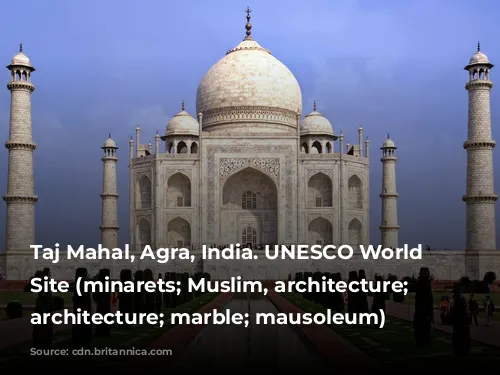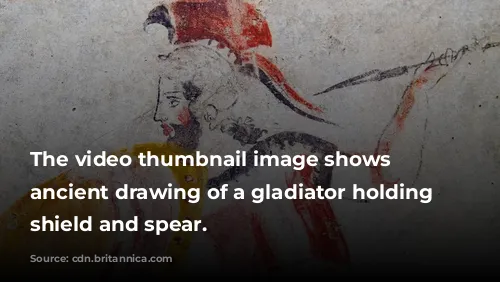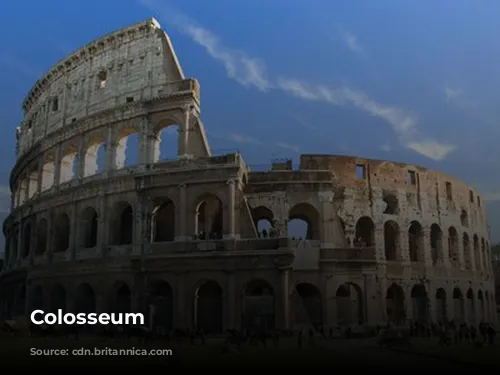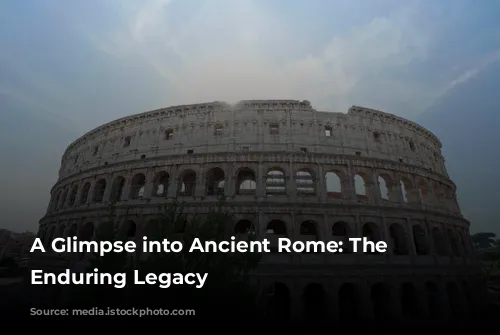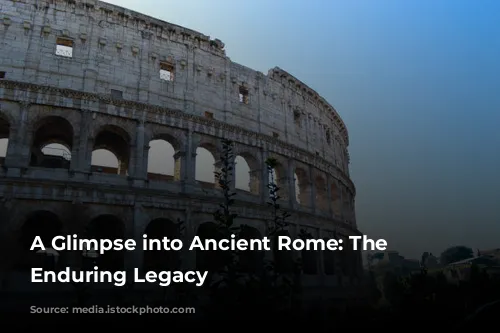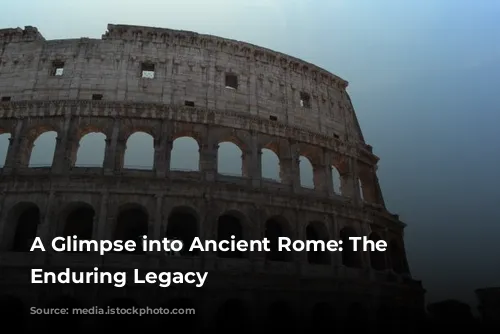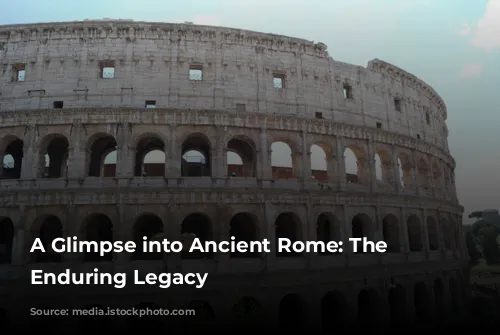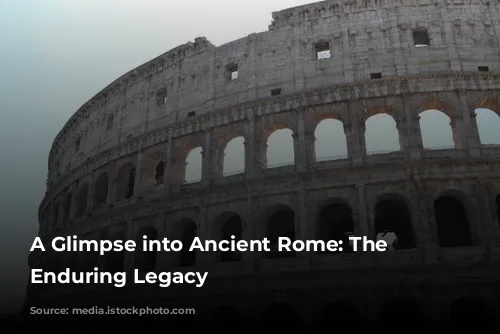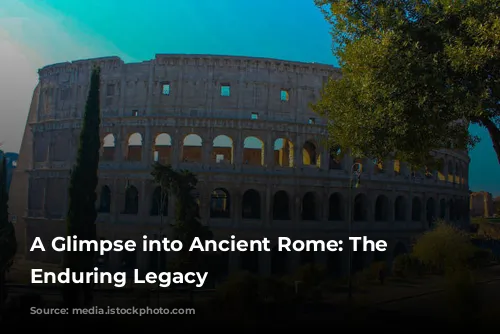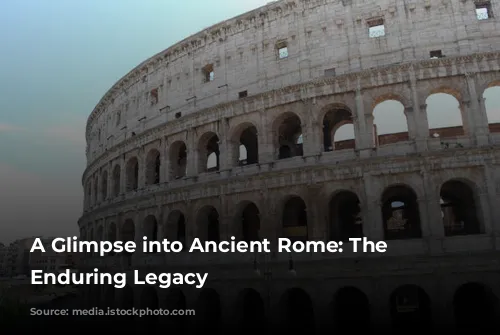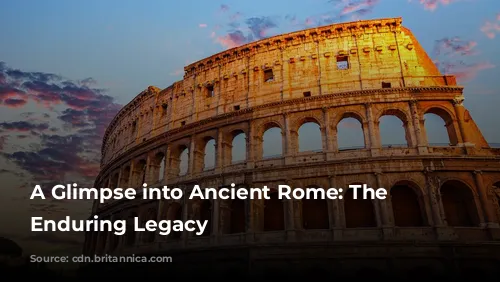The Colosseum, a remarkable monument to ancient Rome’s architectural and engineering brilliance, stands as a testament to the power of the Roman Empire. This iconic structure, one of the few mostly intact remnants of that era, continues to attract visitors from around the world. Beyond its historical significance, the Colosseum is a major contributor to Italy’s tourism revenue. In 2018, the Colosseum, Roman Forum, and Palatine Hill combined to generate over $63.3 million (€53.8 million), solidifying their position as the most popular tourist attraction in Italy.
This article explores the Colosseum’s fascinating history, tracing its rise from a symbol of Roman power to a neglected ruin and its eventual revival as a renowned tourist destination. Join us as we delve into the stories behind this remarkable structure, from its construction under the Flavian emperors to its modern-day restoration and enduring allure.
From Gladiator Arena to Fortress and Quarry
The Colosseum’s story is intricately woven into the fabric of Roman history. Its construction began during the reign of Emperor Vespasian, a period marked by a desire to revitalize Rome following the tumultuous year known as the “Year of the Four Emperors” in 69 CE. This era of instability and political upheaval underscored the need for a strong and unified Rome.
Vespasian envisioned the Colosseum as a hub of entertainment, a place where Romans could gather to celebrate their collective identity and witness thrilling spectacles like gladiator fights, animal hunts, and even mock naval battles. He aimed to create a space that would unite the people under the imperial banner and distract them from the political turmoil of recent years.
However, the Colosseum’s fate took a dramatic turn after the fall of the Western Roman Empire. In the 12th century, the arena became a fortress for prominent families like the Frangipane and Annibaldi, a far cry from its original purpose as a public entertainment venue.
The Colosseum’s decline continued in the late 15th century when Pope Alexander VI granted permission for it to be used as a quarry. For over a thousand years, the Colosseum was left to decay, stripped of its valuable materials and slowly succumbing to neglect.
Rebuilding a Legacy: Restoration and Rebirth
The Colosseum’s fortunes began to shift in the 1990s with the launch of state-funded restoration efforts. After centuries of neglect, the Colosseum was finally receiving the attention it deserved, a testament to the enduring appreciation for its historical significance.
The Colosseum’s construction, an ambitious project that took eight years to complete, reflects the ingenuity of Roman engineering. It was built under the reign of Emperor Vespasian, and dedicated by his son, Emperor Titus, in 80 CE. Emperor Domitian, Titus’s successor, completed the fourth story in 82 CE.
The Colosseum is an elliptical structure made of stone, concrete, and tuff. It stands four stories tall at its highest point, measuring 620 by 513 feet (189 by 156 meters). The arena’s capacity was astonishing, accommodating up to 50,000 spectators.
A Symbol of Roman Power and a Monument to Entertainment
The Colosseum was not simply a place for entertainment; it was a statement of the Roman Empire’s power and influence. Built with plundered riches from the sack of Jerusalem, the Colosseum symbolized Roman dominance and was constructed using the labor of enslaved Jews. This fact, while highlighting the brutal realities of the Roman Empire, also underscores the Colosseum’s complex history.
Beyond its grand size and architectural prowess, the Colosseum was designed with the comfort and experience of its spectators in mind. A retractable awning, known as a velarium, provided shade for the audience during the scorching Roman summers. Hundreds of Roman sailors were needed to operate this complex system, reflecting the scale of the operation and the meticulous planning that went into the Colosseum’s construction.
A Timeless Legacy: From Glory to Ruin and Back
The Colosseum’s history is a journey through time, from its grand opening to its abandonment and subsequent revival. This enduring structure has witnessed emperors, gladiators, and countless spectators over its millennia-long existence. It has endured the passage of time, serving as a reminder of the power of human ingenuity and the enduring legacy of ancient Rome.
Today, the Colosseum remains a symbol of the Roman Empire’s grandeur, attracting millions of visitors each year who come to marvel at its architectural marvels and imagine the thrilling spectacles it once hosted. The Colosseum’s story is a testament to the power of history, a reminder that even amidst ruin and neglect, the spirit of the past can be revived and celebrated.
